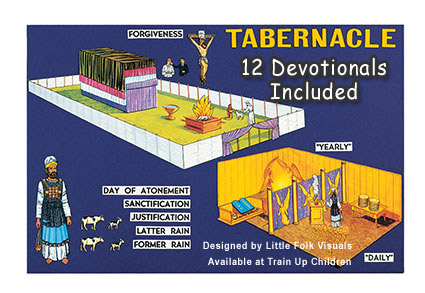Back in Israel’s desert-wandering years, there existed a big tent building that housed the various instruments of Jewish worship and sacrifice as well as the divine presence of God himself. God spends seven full chapters of Exodus describing in great detail the building plans, the materials, and the builders. Inevitably, various religious folks have spent countless hours since then missing the entire point of Hebrews 8 and 9 and instead randomly assigning each detail with mystical significance.
Go to any number of sermon series on the Tabernacle and you’ll hear widely varying guesses at how the sewing pattern for the priests’ linen underpants have great significance to the church today. (The robes, however, are completely irrelevant to anybody but high-church sissies)
Do the number of cubits divided by the tribes of Israel and added to the number of chapters in Exodus provide a clue to the length of the Tribulation? Is the table of showbread a symbol of faith promise missions or perhaps a covered dish supper? What exactly were the Urim and Thumim — and more importantly, how did the pastor get the set that he keeps in his study for use in deacon meetings?
Nothing thrills the heart of a fundamentalist pastor more than the opportunity to open the Word of God and discover there some obscure allusion that seems to validates his own opinions. Possibly. Maybe. Almost certainly.
